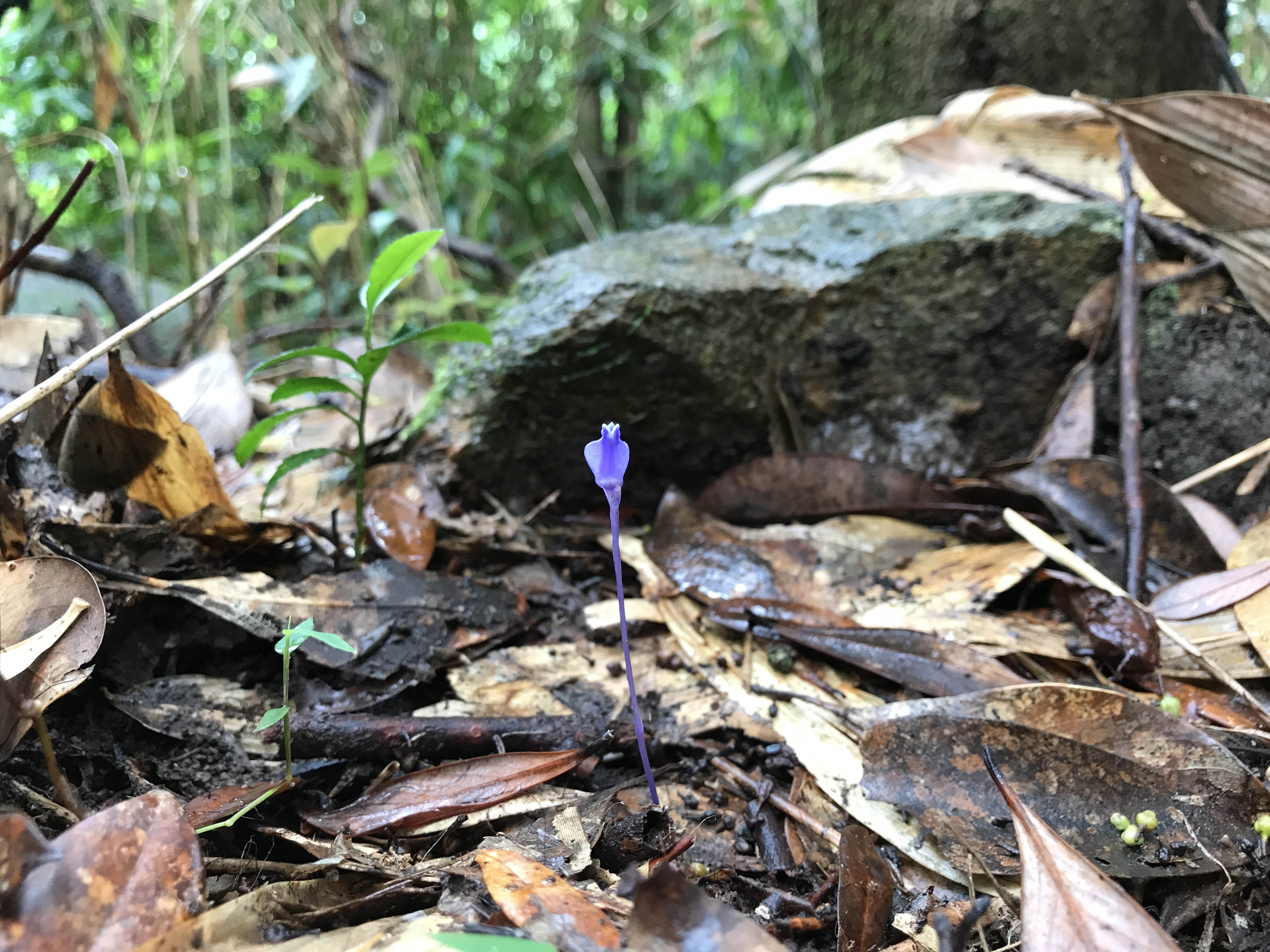The genus Burmannia (Burmanniaceae) is one of the few genera of flowering plants that contain both green species and non-green fully mycoheterotrophic species. Therefore, it is an excellent model to study the change in fungal partners that accompanies the evolution of mycoheterotrophy.

Zhongtao Zhao and a team of coauthors investigated the fungal communities in the roots of different species of Burmannia from Asia – both green and non-green – using DNA sequencing methods. Here you see the how each of the analysed specimens interact with arbuscular mycorrhizal fungi:

Although many fungal species were shared by different Burmannia species, fully mycoheterotrophic species typically host more narrow fungal assemblages, suggesting that they have a preference for the selected fungi. These fungi are a subset of the partners found in the green species, suggesting that the specialisation results from a loss in fungal partners.
Full paper: